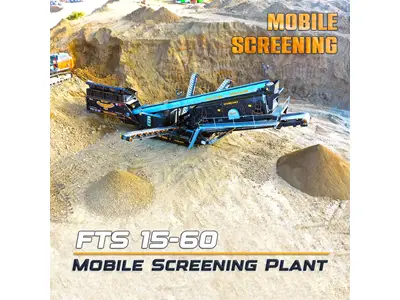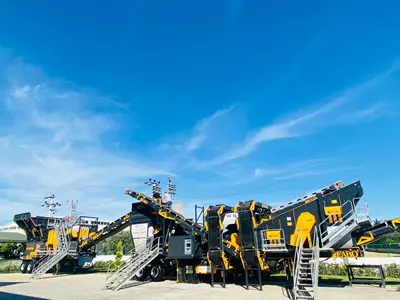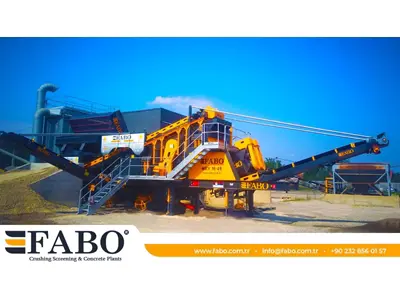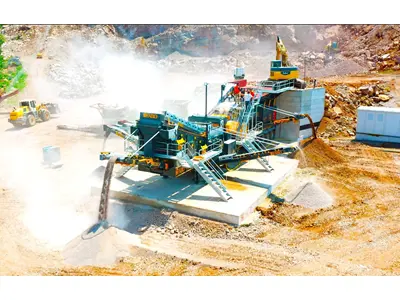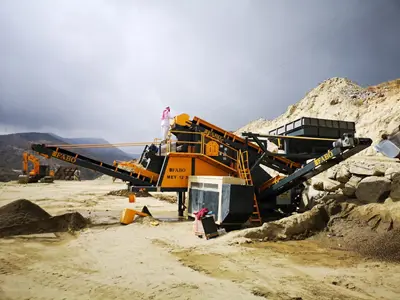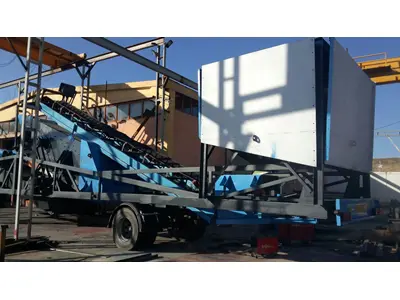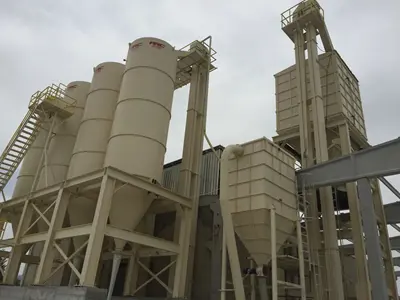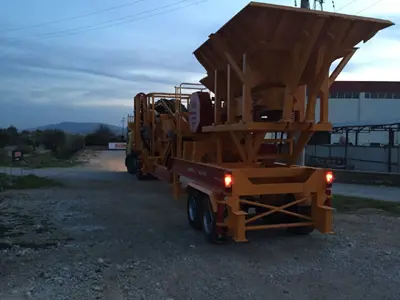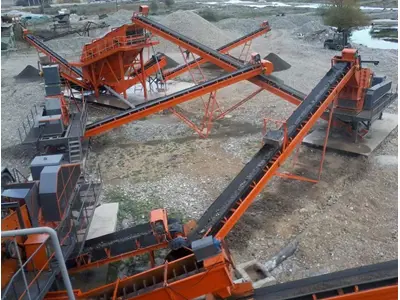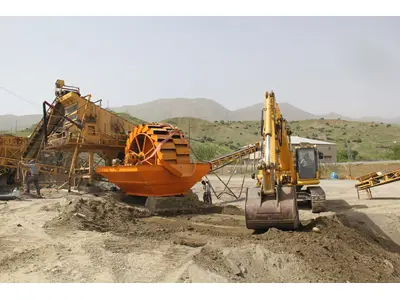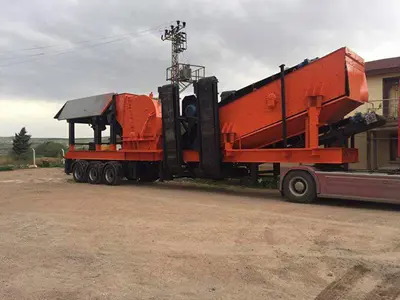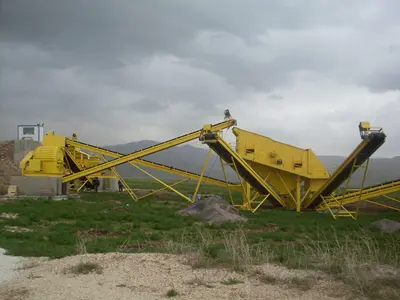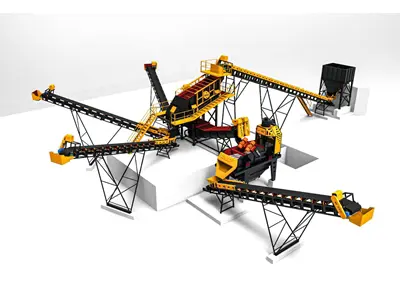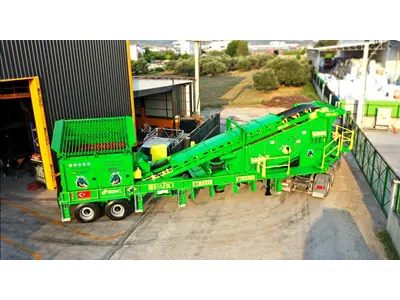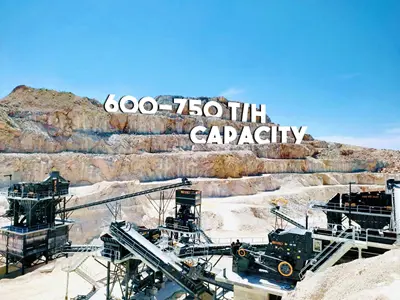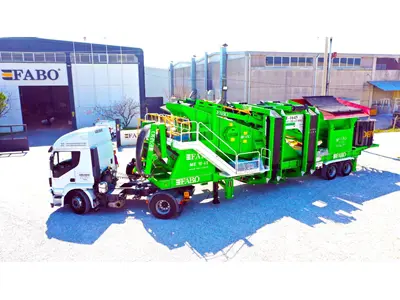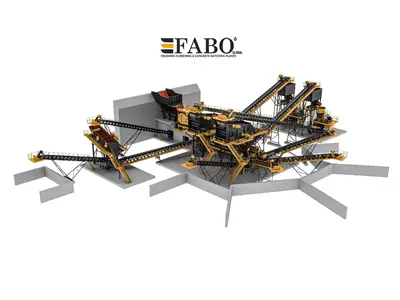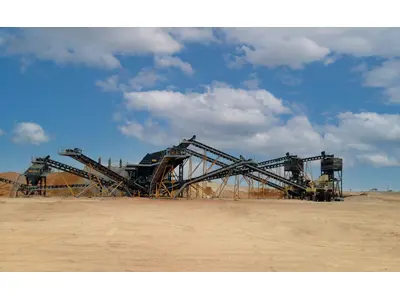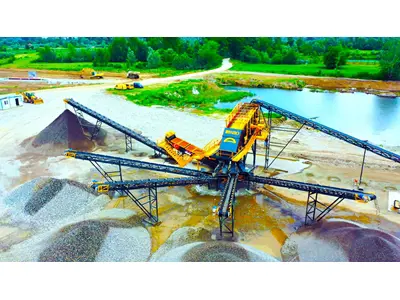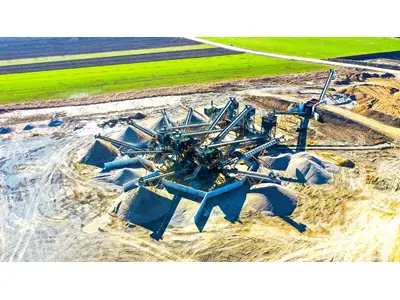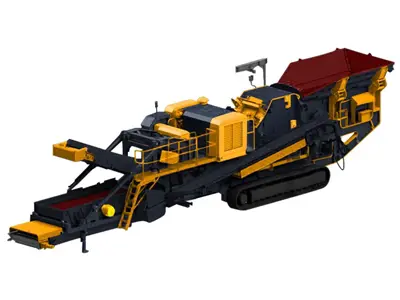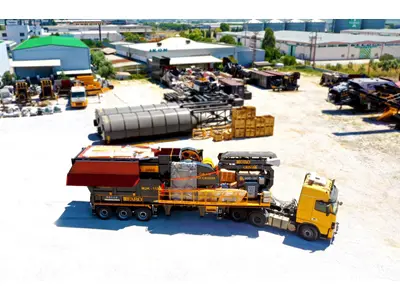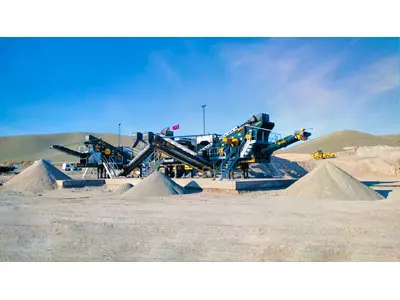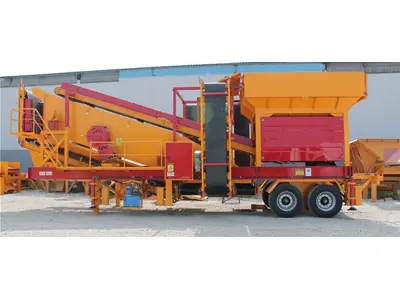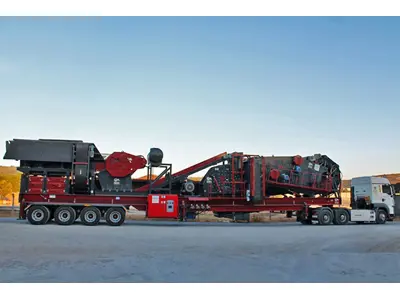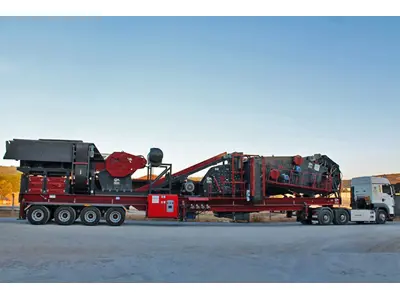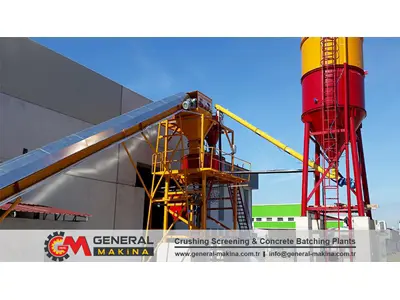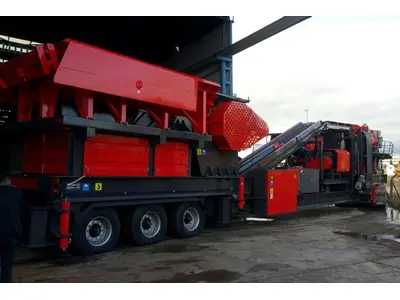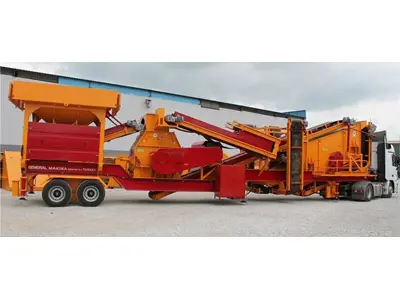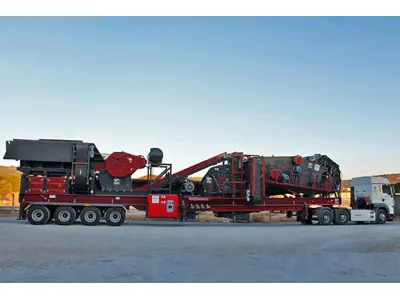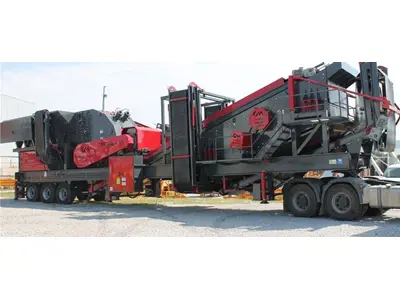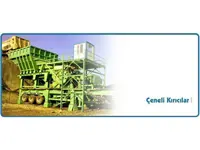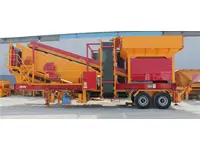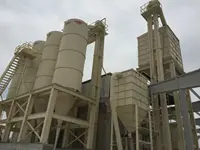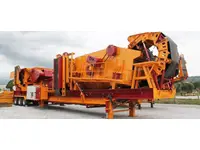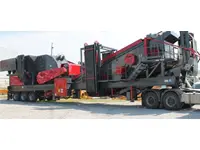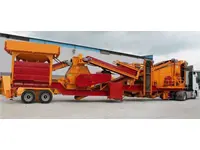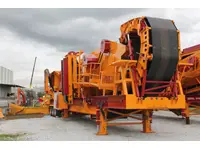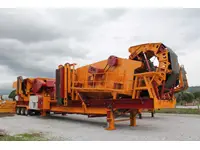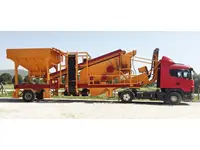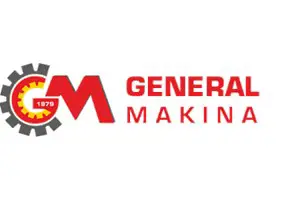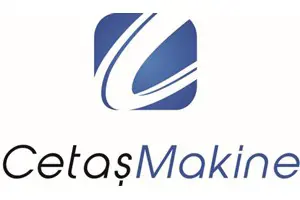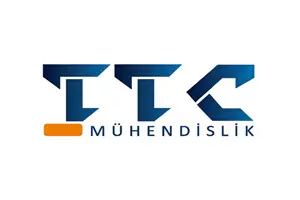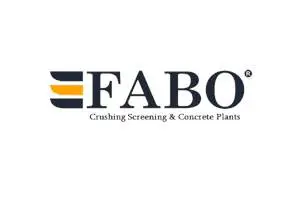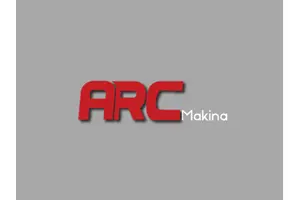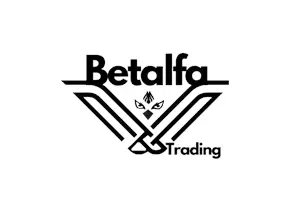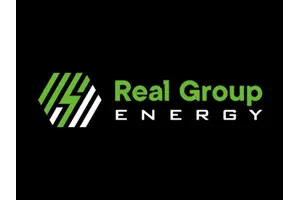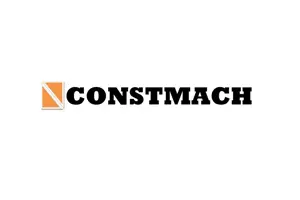Mining Facility Popular Products
Mining Facility
The mining sector plays an important role in the world economy and requires advanced technologies and modern facilities for the extraction, processing, and trading of natural resources. Mining facilities play a critical role in the extraction, processing, and refining of various minerals. These facilities have all the equipment and technologies necessary for efficient, safe, and environmentally friendly operations. A mining facility is a facility used to extract minerals from underground or surface sources. These facilities use various equipment and technologies to carry out the process of mining. A mining facility typically includes stages such as mining, crushing, grinding, beneficiation, and final product conversion. These facilities enable the extraction of many minerals that are economically and industrially significant.
How Do Mining Facilities Work?
- Exploration and Research: The process of identifying and evaluating potential mineral deposits. Geological studies, drilling, and analyses are conducted in this stage.
- Opening and Preparation: The stage of opening the mineral deposit and preparing it for operation. This stage involves cleaning and securing the areas where the minerals will be extracted.
- Mining: The process of extracting minerals from the mineral deposit. This process typically involves blasting, digging, and transporting operations.
- Crushing and Grinding: Extracted minerals are broken down into small pieces and ground using crushing and grinding machines. This process makes the minerals suitable for further processing.
- Beneficiation: The process of separating unwanted substances from the minerals and purifying them. This process is usually carried out using methods such as flotation or magnetic separation.
- Concentration and Storage: The minerals passing through the beneficiation process are concentrated and stored. Special facilities are used for transporting and storing the minerals at this stage.
- Final Product: Minerals are processed into final products. These products are typically used for industrial and commercial purposes.
Mining Facility Equipment
Crushers and Grinders: Equipment used in crushing and grinding minerals. Crushers are used to break large pieces into small pieces, while grinders are used to grind minerals into smaller pieces.
Flotation Machines: Equipment used for the beneficiation process. These machines suspend minerals in a suspension by air bubbles to separate unwanted substances from the minerals.
Magnetic Separators: Used to separate minerals that exhibit magnetic properties. Magnetic separators separate minerals based on their magnetic differences.
Crushing and Conveying Equipment: Equipment used for crushing and conveying minerals includes conveyors, crushers, loaders, and trucks.
Concentration and Storage Equipment: Equipment used for storing minerals that pass through the beneficiation process. This equipment can include tanks, silos, and storage areas.
Analysis Equipment: Equipment used to determine the quality and composition of minerals. This equipment is typically used in laboratory settings.
What Minerals Do Mining Facilities Process?
Mining facilities typically process various metals, minerals, and other natural resources. The types of minerals processed can vary depending on the location of the facility, its technological capacity, and economic conditions. Iron ore is the most commonly used metal in steel production and is usually obtained through crushing, grinding, and beneficiation processes. Copper ore plays an essential role in the electrical and electronic industries and is usually processed by separation using flotation methods. Precious metals such as gold and silver are typically mined using methods like crushing, grinding, and amalgamation with mercury. Coal, used in electricity generation and industry, is usually extracted in underground or surface mining operations. Aluminum, obtained from a mineral called bauxite, is processed by crushing, grinding, and extraction from a solution containing bauxite. Uranium, used in nuclear energy production, is typically mined using crushing, grinding, and chemical processes.
How to Obtain Permits and Licenses for Mining Facilities?
The process of obtaining permits and licenses for mining facilities generally varies according to the mining laws and regulations of the country. Individuals or organizations seeking permits and licenses apply to the relevant local or national mining authority. The application includes details such as the location of the mine, operation plan, and an environmental impact assessment (EIA) report. The application is reviewed and evaluated by the mining authority. During this process, the potential impacts of the mineral deposit, operational plan, and environmental impacts are assessed. In some countries, an EIA report is required to assess the environmental impacts of mining facilities. This report details the environmental impacts of the mine, the measures to be taken, and how the impacts will be mitigated. In some cases, the application may need to be made public and open to public opinions. Decisions can be made taking into account public objections or suggestions. The permit and license application can be approved or rejected after all procedures are completed and requirements are met. In the case of approval, the mine can be opened for operation, while in the case of rejection, the applicant has the right to appeal.
Mining Facility Prices
The prices of mining facilities can vary depending on many factors and generally require high costs. The factors that affect the price of mining facilities include: The type of mineral to be processed affects the cost of the facility. Processing precious metals can generally be more costly. The size, capacity, and complexity of the facility typically determine the cost. Larger and more complex facilities require higher costs. The quality and variety of equipment used affect the cost of the facility. High-quality and specialized equipment may require higher costs. The energy, labor, maintenance, and other operating costs needed throughout the operation affect the total cost. Environmental impact assessments and environmental protection measures can increase costs. Environmental permits and compliance requirements also affect the cost. The geographical structure of the region where the mine is located, the infrastructure status, and the transportation facilities also affect the cost. The cost of mining facilities can reach millions of dollars. However, it is difficult to provide a specific price because each project is different, and many variables affect the cost. Mining facilities can be priced on average at {price range}.
To meet your requirements for a new or used mining facility, you can buy from reliable manufacturers or authorized suppliers through makinaturkiye.com and also get support from authorized services.




